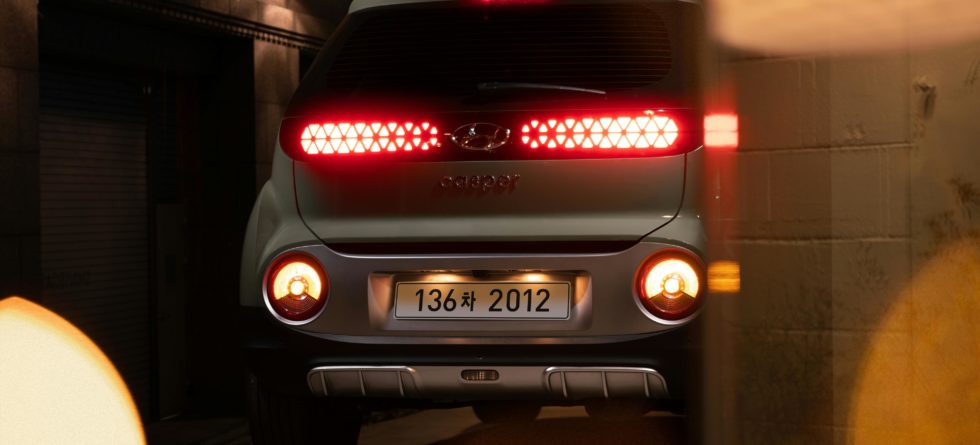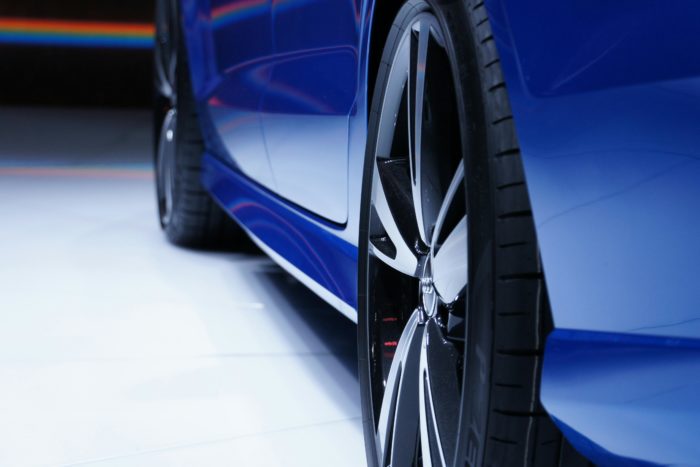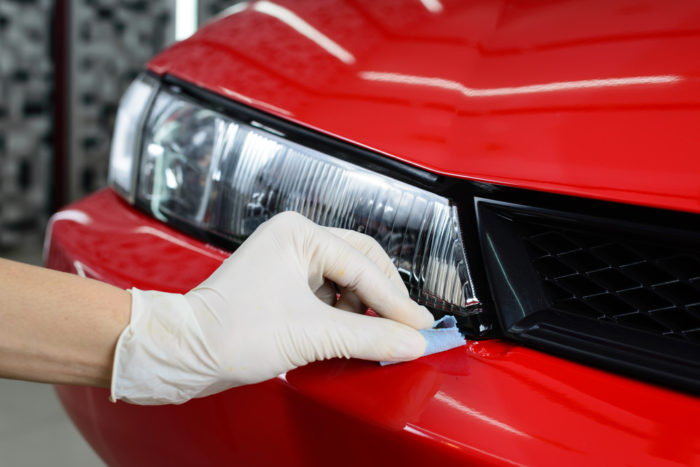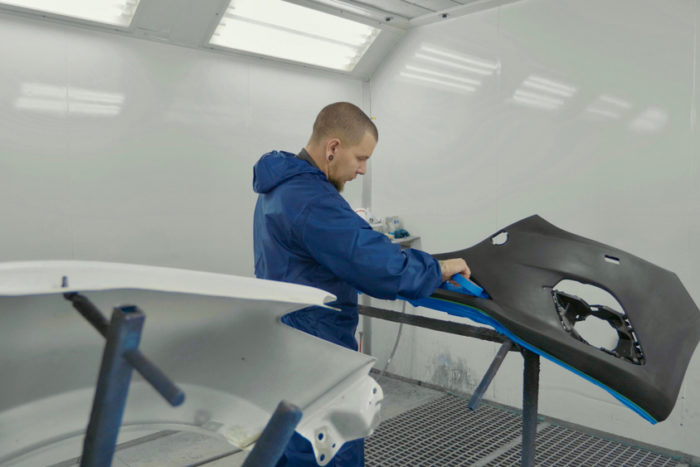Is Repainting A Car As Good As Factory Paint?

Repainting a car to match the quality of factory paint can be challenging, but with the right techniques, materials, and expertise, it is possible to achieve results that come close to or even surpass factory standards in some aspects.
Here are several factors to consider when comparing aftermarket repaints to original factory paint jobs…
Quality of Materials
- Factory Paint – Automobile manufacturers use highly durable paints designed for longevity, often applied with advanced robotic technology that ensures a consistent and even finish. The paint used in factory settings is usually baked onto the car’s body, creating a bond that is very resistant to weathering and UV light.
- Aftermarket Paint – The quality of an aftermarket paint job depends heavily on the materials used and the skill of the painters. High-quality automotive paints and clear coats can rival factory paints in terms of durability and finish, but they require professional application to achieve the best results.
Application Process
- Factory Conditions – Factory painting conditions are optimized for painting cars, with controlled environments that minimize dust and contaminants. The application and curing processes are tightly controlled, contributing to the paint’s durability.
- Aftermarket Conditions – Professional body shops strive to replicate factory-like conditions with clean, dust-free environments and high-quality spray booths. Achieving the exact conditions found in a factory setting can be difficult. The skill level of the technicians and the quality of the facilities play significant roles in the outcome.
Durability and Longevity
- Factory Paint – Generally, factory paint is known for its durability and ability to withstand environmental factors for many years without significant fading or degradation.
- Aftermarket Paint – While high-quality aftermarket paint jobs can be very durable, their longevity will depend on the prep work, quality of materials, and application process. A well-executed repaint can last a long time, but it may not always match the lifespan of the original factory paint.
Cost Considerations
- Factory Paint – The cost of factory paint is included in the purchase price of the vehicle, with no additional cost for the consumer beyond standard vehicle pricing.
- Aftermarket Paint – Repainting a car can be expensive, especially if aiming for a quality that matches or exceeds factory standards. The cost can vary widely based on the level of detail, quality of materials, and the reputation of the painting facility.
Matching the Original Finish
- Color Matching – Advanced color-matching technology allows professionals to closely match the original factory color, but variations can occur, especially with older cars where the original paint may have faded.
- Finish Quality – With attention to detail and high-quality materials, it is possible to achieve a finish that looks as good as or better than the original. This often comes at a premium cost.
Conclusion
While it is challenging to match the exact quality of factory paint due to the optimized conditions and technologies used in manufacturing, a high-quality aftermarket repaint can come very close and, in some cases, offer improvements in appearance and customization options. The key factors in achieving a factory-like finish include the expertise of the technicians, the quality of the paint materials, and the preparation and application processes used. For those seeking to repaint their car, choosing a reputable and skilled body shop is to getting the best possible outcome.





